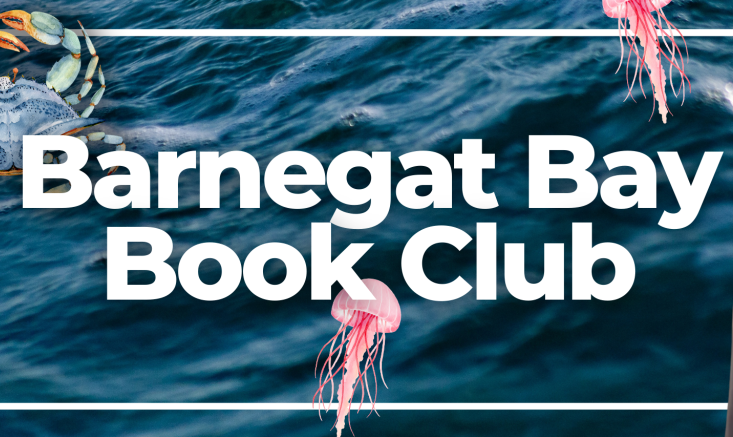News from Someone Who Gets His Feet Wet, the venerable Pete McLain. See Submerged Aquatic Vegetation map.
by Pete McLain
View Pete’s 2001 Map of Eelgrass and Widgeon Grass on Barnegat Bay.
PETE’S DECEMBER 2001 REPORT
Eelgrass Suffers in 2001
The submerged aquatic, eelgrass which is recognized as the barometer of the health of Barnegat Bay has fallen to the low end of the scale in 2001. The research supported by the Trust for Public Land Barnegat Bay Grant Fund showed the 2001 eelgrass crop was below the level of the annual production for the past several years.
The eelgrass meadows in most of Barnegat Bay suffered from an early growth of a large macro algae which covered the growing grass starving it from sunlight. As the water warmed, this particular macro algae died out, and within a few weeks two other warm water algae covered the eelgrass, causing a sun shading condition which restricted the plants photosynthesis and the ability of the plant to grow properly. In mid-summer “wasting disease” returned to Barnegat Bay and by the end of summer it appeared that this
disease had affected about 50 percent of the eelgrass crop.
What’s wrong with the eelgrass growth and development? There are probably several factors, but most likely the grass is suffering from the over nitrification of the bay from high levels of nitrogen and phosphorus pollution emanating from the run off from the several watersheds feeding the bay. This nitrification feeds both the algae which discolor the water and shade the plants. Both reduce sunlight to the eelgrass and retard or eliminate growth.
The problem is that little is known of the overall Barnegat Bay’s bio-chemical relationships. While eelgrass is generally recognized as the barometer of the bay, little is being done to learn what has to be done to Save Barnegat Bay.
PETE’S JULY 2001 REPORT:
A recent survey of the submerged aquatic vegetation (SAV) beds (eelgrass and widgeon grass) in Barnegat Bay showed that the heavy brown algae covering the grass in May and June had died and the eelgrass was growing well. However, some early spotting on the
leaves showed some wasting disease which will need to be watched to see how
it develops during the summer.
Widgeon grass in the northern portion of the Bay is presently much shorter than it should be. It is suspected that the 100 or more mute swans feeding on this grass probably destroyed a large area of this valuable wildlife food.
A 20 pound mute swan is reported to eat between 6 and 8 ponds of SAV’s a
day. This large number of swans feeding for four months, December to March,
could result in a drain on the widgeon grass resource.
The really good news is the excellent stands of widgeon grass which are
growing in the shallow water on the west side of the bay from the town of
Barnegat to the area opposite the old AT&T Station at Manahawkin. These
stands will provide excellent food for waterfowl this fall.
PETE’S MAY 2001 REPORT:
The good news about Old Barnegat so far this spring is the bay water is “gin clear” as the old baymen used to say. The initial spring eelgrass survey conducted by Pete McLain and assistant Frank Mulroony on Monday, April 30th, showed that the bay water clarity never looked better.
A survey of seven stations from Barnegat Inlet to Forked River to Cedar Creek to Tice’s Shoal showed the water clarity using a Secchi disk was over 12 feet. It shows that without the heavy algae blooms and boat traffic the water clarity of the bay can be excellent.
Eelgrass appears a little behind schedule on growth this spring. Sampling showed grass from 4 to 10 inches in scattered beds and with only minimal macro algae present. However, as the bay water warms algae and plankton production increases and boat traffic erupts water clarity will show a marked decrease.
The eelgrass studies this year are made possible by a grant from the Trust for Public Land through Save Barnegat Bay.
****************
Pete McLain was a columnist on outdoor issues for the Asbury Park Press for forty-five years. Pete is retired from NJDEP, where he founded the Endangered and Nongame Species Program.



